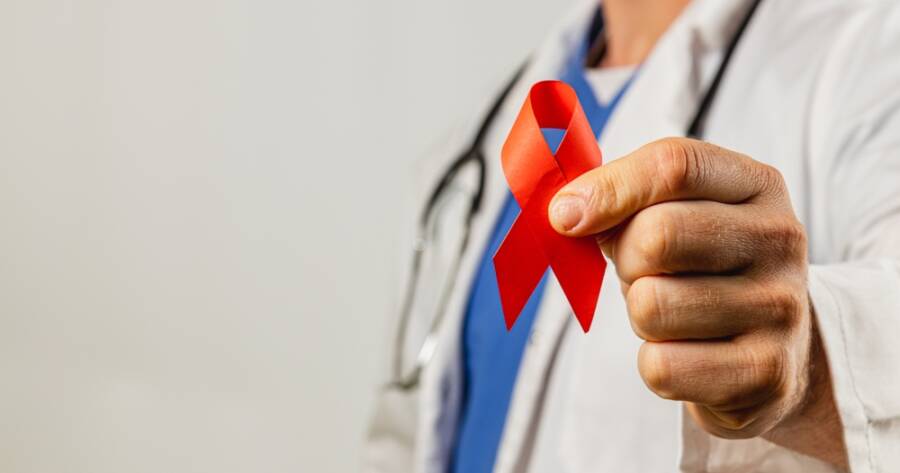Human Immunodeficiency Virus (HIV) remains a significant concern, particularly when undetected. Subtle symptoms often delay diagnosis, allowing the virus to progress to AIDS and compromise immune health. Effective management through antiretroviral therapy (ART), regular testing, and preventive measures can mitigate transmission risks, ensuring a healthier life and protection for both individuals and communities.
Signs and Risks of Undetected HIV
Human Immunodeficiency Virus (HIV) is a critical public health issue, especially when it remains undetected. The infection can go unnoticed for years due to its subtle early symptoms, which makes regular testing and awareness crucial. Unchecked, HIV can severely weaken the immune system, leading to acquired immunodeficiency syndrome (AIDS). This progression leaves individuals vulnerable to infections and diseases that the immune system would typically manage. Recognizing early warning signs of undetected HIV, such as fever, fatigue, swollen glands, and a sore throat, can lead to earlier diagnosis and intervention highlighting the importance of early testing and diagnosis.
The Importance of Viral Suppression
One of the primary goals in HIV treatment is achieving and maintaining viral suppression. Through consistent use of antiretroviral therapy (ART), patients can reach an undetectable viral load, significantly reducing the risk of transmitting HIV to their partners. This concept, known as “undetectable equals untransmittable” (U=U), is pivotal in preventing sexual transmission and improving quality of life. However, it requires commitment to strict medication regimens to maintain low viral counts and to prevent the virus from reactivating.
Antiretroviral Therapy and Monitoring
ART is not a cure but a vital treatment that helps manage the virus. By regularly taking ART as prescribed, individuals can achieve a life with minimal health complications and decreased risk of transmission during pregnancy and breastfeeding. Regular blood tests are critical for monitoring viral load, guiding treatment decisions, and ensuring medication efficacy. These tests enable healthcare providers to make necessary adjustments, ensuring continuous suppression of the virus.
Transmission Risks and Prevention
Undetected HIV continues to pose transmission risks, especially through activities like sharing needles or unprotected sex. While ART reduces these risks significantly, it does not eliminate them entirely, which is why additional preventive measures like safe sex practices are essential to prevent other sexually transmitted infections. Programs promoting the use of sterilized needles and safer sexual practices remain fundamental in reducing HIV transmission.
Long-term Management of HIV
Consistent ART and vigilant lifestyle choices support individuals living with HIV in maintaining an undetectable viral load. This approach is key to enjoying both a long and healthy life. However, ongoing consultations with healthcare providers are vital for effective HIV management. These consultations ensure patients are informed about prevention strategies and can adjust treatment plans as needed to prevent viral reactivation. Apart from ART, prophylactic measures like pre-exposure prophylaxis (PrEP) and post-exposure prophylaxis (PEP) provide additional protection for HIV-negative partners in cases of exposure risk.
Living with HIV: Achieving a Healthy Life
With advancements in medical treatment, individuals with HIV can lead fulfilling lives with the right care and management. The key is maintaining a low viral load, which not only supports individual health but also protects partners from transmission risks. Education on safe practices, regular health checkups, and a commitment to treatment protocols are fundamental in the ongoing fight against HIV.
Why You Should Learn More About Undetected HIV Today
Understanding the intricacies of undetected HIV is imperative to safeguarding not only personal health but also the wellbeing of loved ones and the broader community. Recognizing symptoms early, committing to regular testing, and pursuing effective treatment protocols can greatly enhance life quality and curb the spread of the virus. As research continues to evolve, staying informed empowers individuals to make informed decisions and contribute positively to public health efforts.
Sources
Overview of HIV’s Impact and Management

